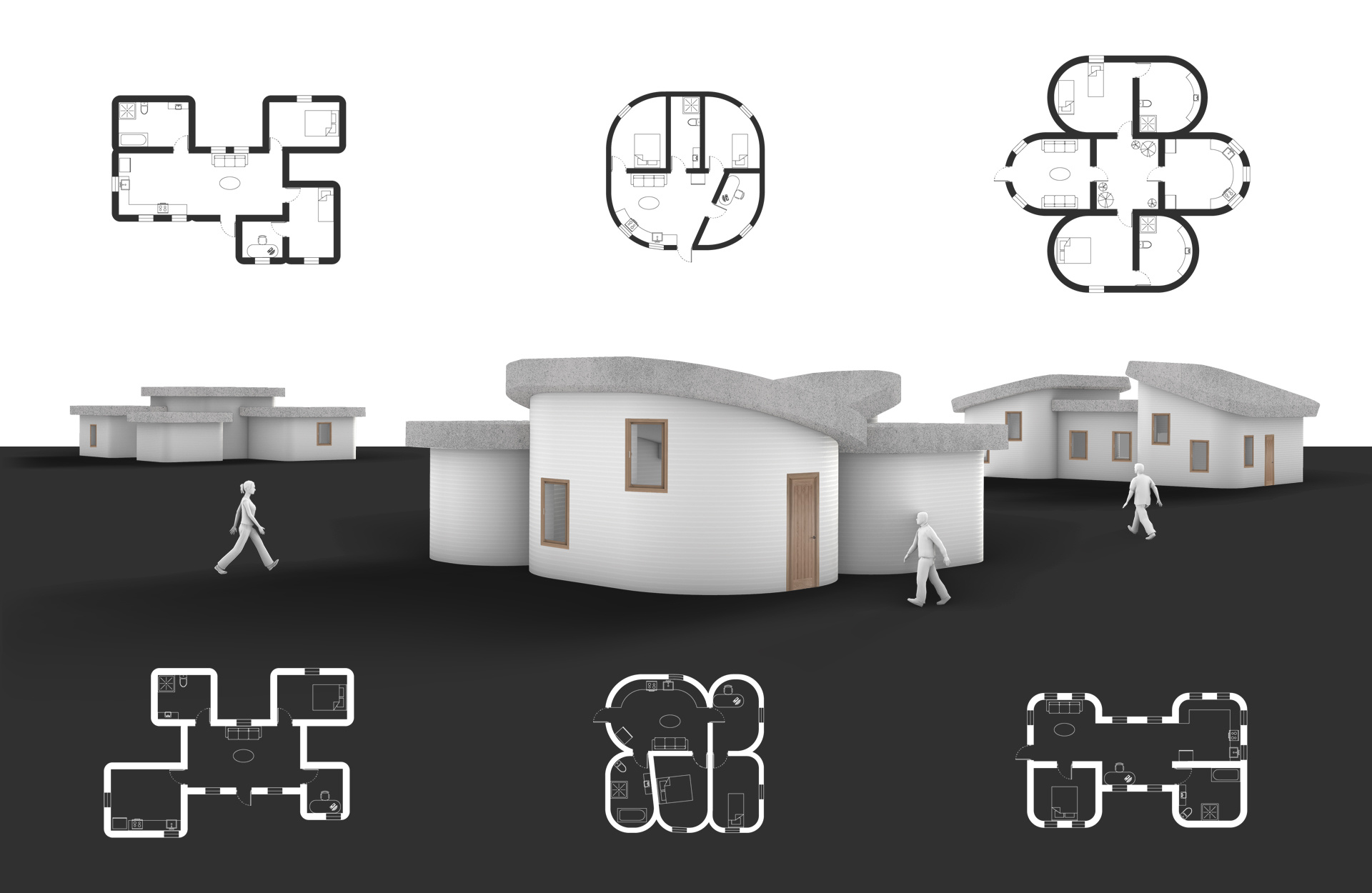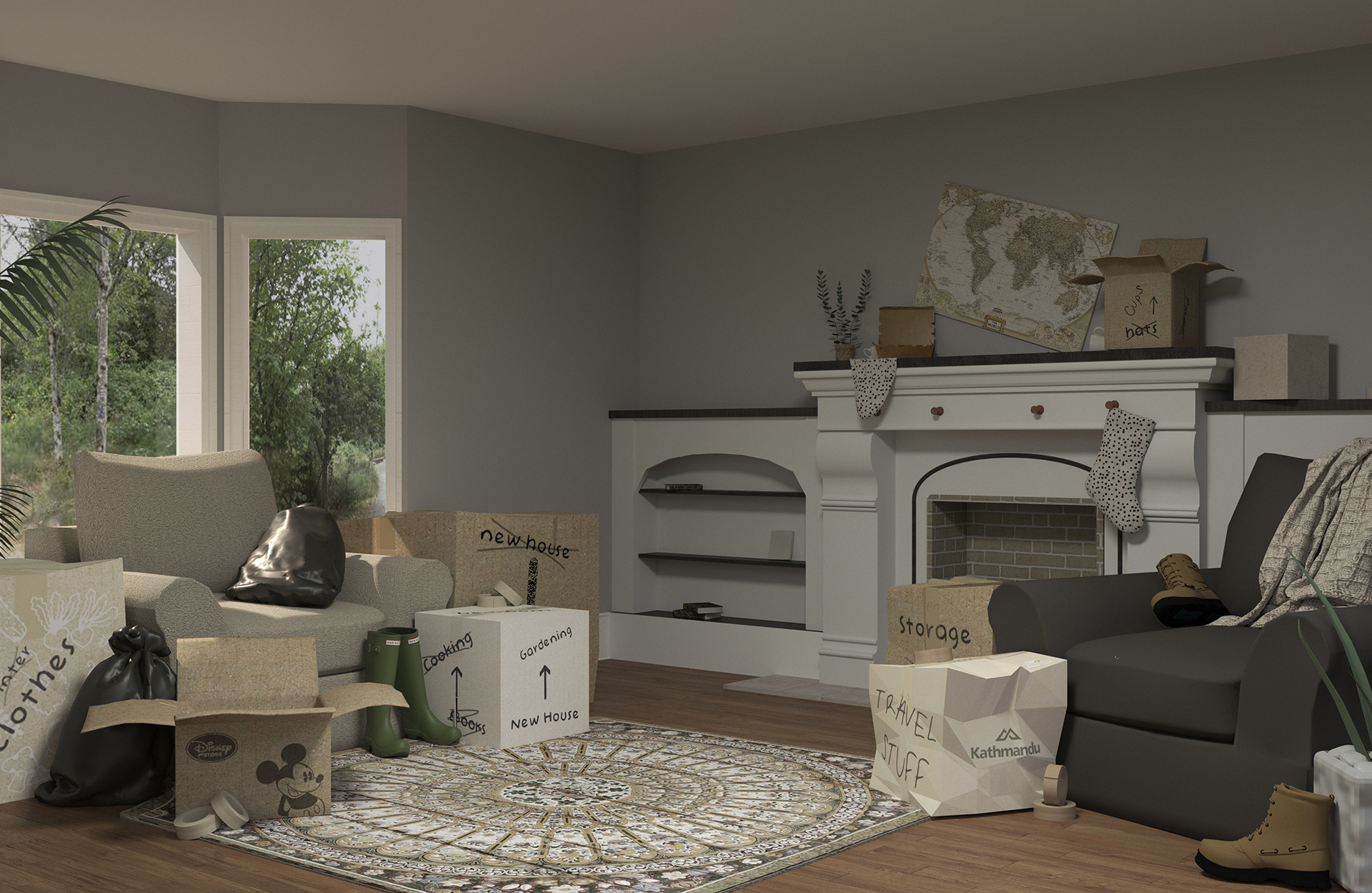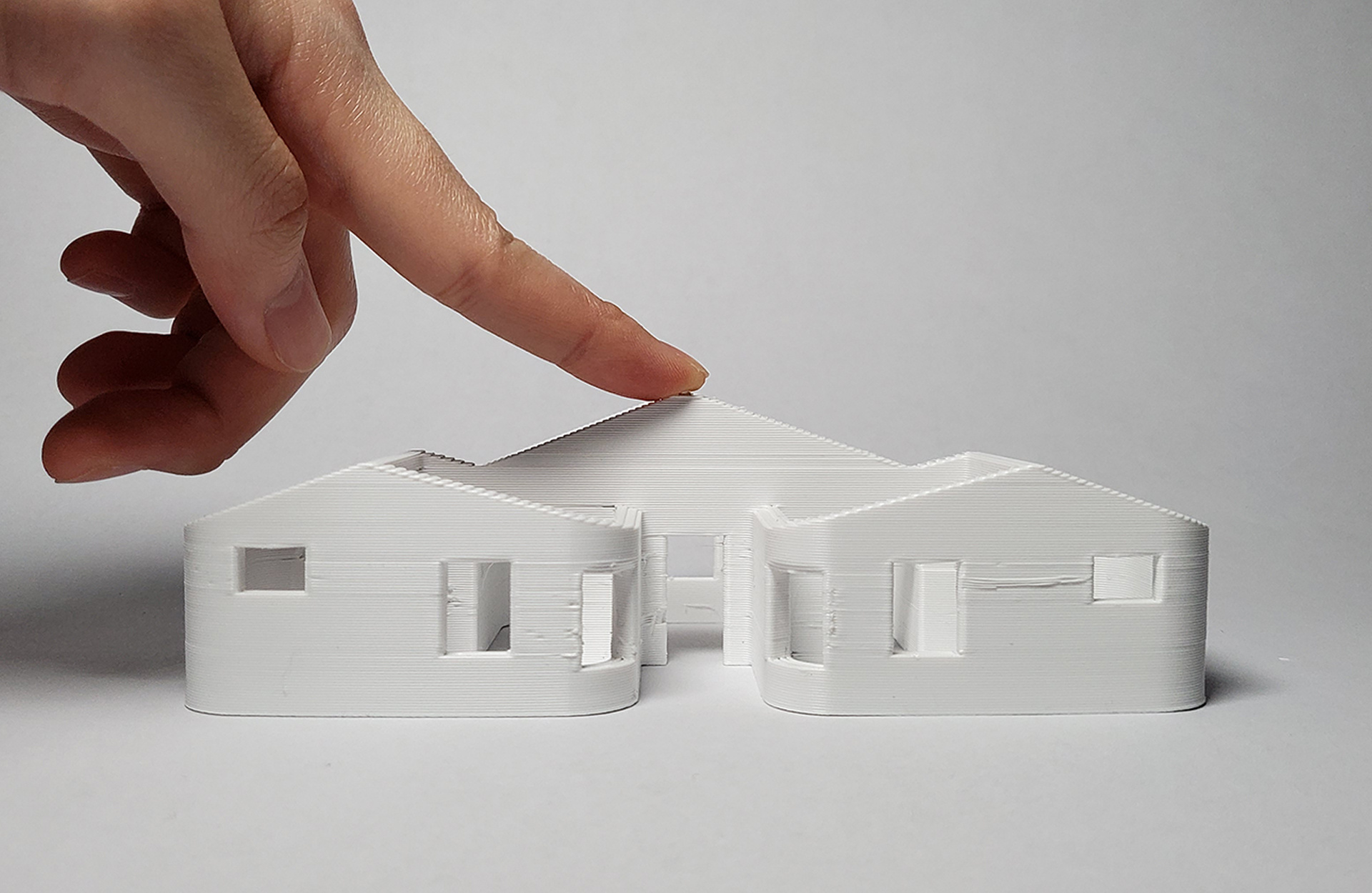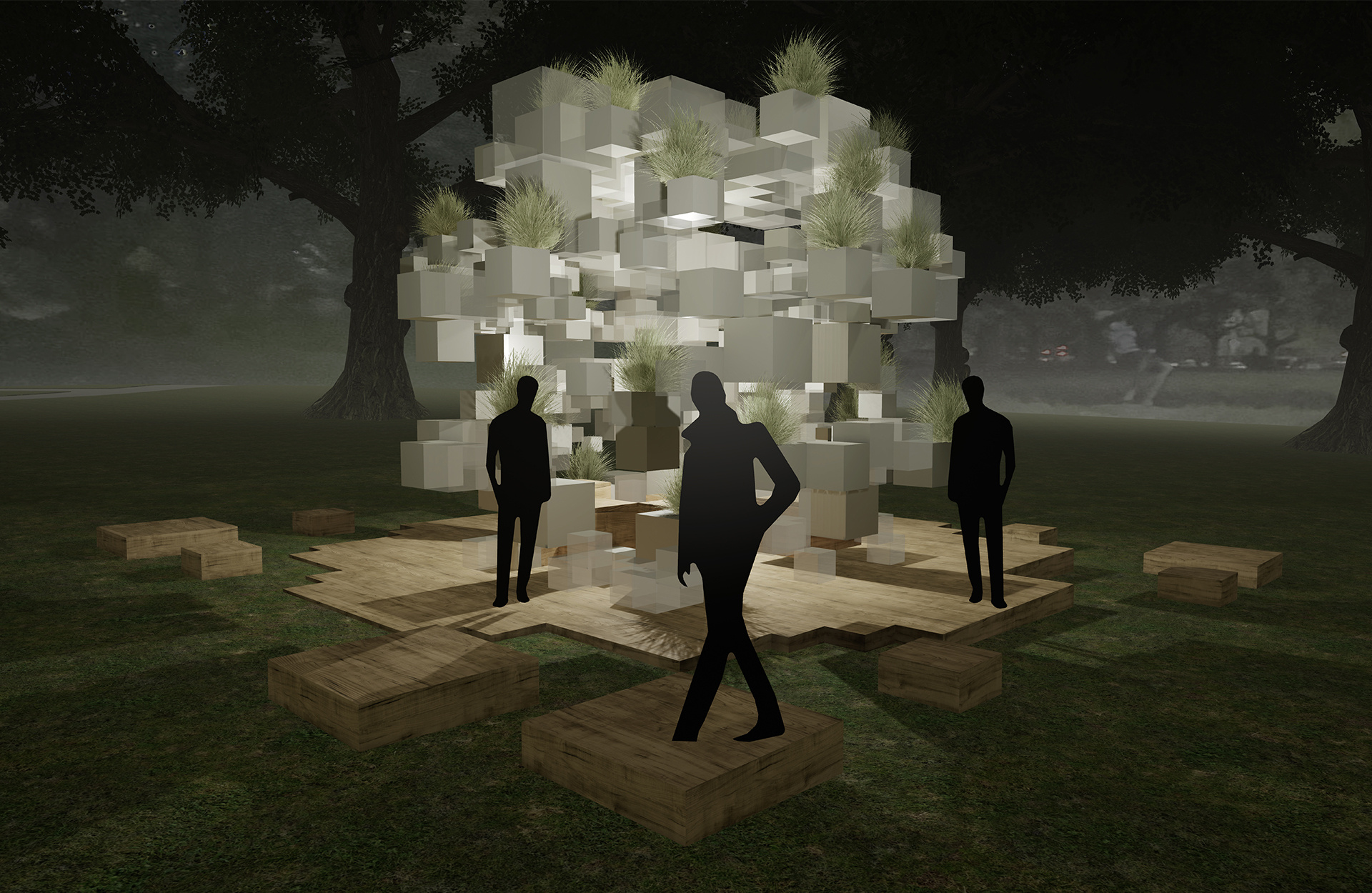In my life, I have moved and lived in two different countries and fourteen different homes. Over the years, I have lived in independent housing, subdivided housing, and multigenerational housing accommodations. Such experiences have drawn my interests in the exploration of design concerned with an individual’s a sense of home, where in my bachelors, my projects had expressed my personal sense of home through the design of a pavilion and digital renders themed to the concept of moving boxes and a broken home.
This year, with my increased knowledge in architecture and digital design and fabrication, my design research project explored how digital design processes can be optimised for specific and dynamic homeless individual needs, for more individualized homeless housing design solutions. What I loved about my research, was that I was able to explore a broader spectrum of a sense of home at an individual level. Through the development and application of a user-to-design-to-fabrication framework with 3D printing technologies, my research found that we as designers and architects must approach design more human-centrically. Whereby, designers’ and architects’ increased understanding and knowledge of specific user needs informs more purposeful and meaningful design processes for greater social impact.




